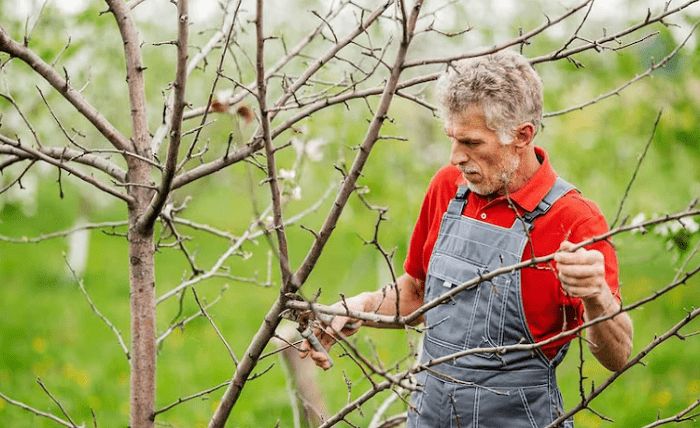As seasons change and time passes, even the most well-tended gardens can show signs of aging. Trees and shrubs can become overgrown, less vibrant, or lose their shape, affecting not just the look of your garden but also the health of the plants. This is where rejuvenation pruning comes into play. So what exactly is rejuvenation pruning, and why should it be an essential part of your garden maintenance routine? Let’s delve in.
What is Rejuvenation Pruning?
Rejuvenation pruning is a horticultural practice that involves the significant cutting back of trees and shrubs. The process eliminates old, overgrown branches and stimulates the growth of new, vigorous branches in their place. While traditional pruning usually involves removing only dead or diseased branches, rejuvenation pruning is a more aggressive approach aimed at revitalizing older plants by removing a more substantial amount of growth.
Types of Rejuvenation Pruning
- Hard Pruning
This involves cutting back almost all of a plant’s branches and stems, often leaving just a few inches above the ground. This drastic approach is usually reserved for severely overgrown or neglected shrubs and may require a couple of seasons for the plant to fully recover.
- Gradual Pruning
For those who are less daring, gradual rejuvenation involves removing one-third of the oldest and tallest branches each year for three years. This method is less shocking to the plant but still effective for encouraging new growth.
Why Should You Do It?
- Revitalizes Old Plants
Over time, plants can become leggy, unproductive, and less visually appealing. Rejuvenation pruning gives these older plants a new lease on life, encouraging healthier, more vigorous growth.
- Enhances Flowering and Fruiting
Plants that have been pruned correctly will often produce more flowers or fruit. The new branches will be more robust and better at supporting these features, leading to a more bountiful yield.
- Improves Plant Health
Eliminating older branches helps to increase airflow and sunlight penetration through the plant. This can reduce the likelihood of disease and pests, resulting in a healthier plant overall.
- Aesthetic Appeal
An overgrown shrub or tree can become an eyesore. Rejuvenation pruning helps to restore the natural shape and beauty of the plant, enhancing the overall look of your garden.
- Safety
Overgrown trees and shrubs can become safety hazards, especially if they’re near power lines, driveways, or walkways. Pruning helps to control size and prevents potentially dangerous situations.
When to Do Rejuvenation Pruning?
The best time for rejuvenation pruning depends on the type of plant and its growing season. Generally, late winter or early spring, when the plant is dormant but about to enter its growing phase, is ideal.
Rejuvenation pruning may initially seem drastic, but it’s often just what older or overgrown plants need to thrive. Whether you’re looking to enhance flowering, improve plant health, or simply maintain a well-groomed landscape, rejuvenation pruning can be an invaluable tool in achieving your garden goals. By understanding the what, why, and when of this practice, you can make informed decisions that lead to a healthier, more beautiful outdoor space.
This post was written by a professional arborist at Arbor Wise Professional Tree Care. Robert Miller is the owner of Arbor Wise Professional Tree Care, a locally owned and operated tree service company that offers superb lawn care by the most experienced Arborists. Arborwise Tree Services is a st pete tree service company that offers stump removal, tree pruning, stump grinding, fertilization, and tree restoration. We have an extraordinary lawn care industry notoriety covering the Pinellas county area.

